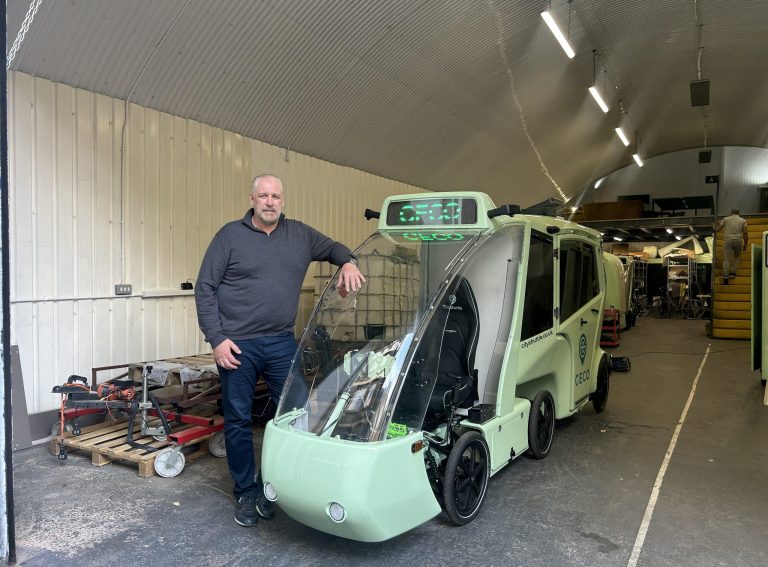New research by shared operator Dott and computer vision firm Luna Systems has found that 71% of pavement riding incidents are caused by road conditions.
The data was gathered from AI-powered cameras fitted to Dott’s e-scooters in three major cities across Europe and Israel.
Dott’s Co-Founder and COO Maxim Romain Zag Daily: “The results have shown that the overwhelming majority of pavement riding is caused by the infrastructure. Our focus has therefore been on sharing these insights with the cities we operate in, to help target areas which are leading to pavement riding.
“This could be moving parking spaces to roads rather than on pavements, and ensuring zebra crossings have the option for micromobility users to return to a cycle lane for example.”
Over the course of the study more than 3,000 trips were monitored covering over 6,000 kms in Brussels, Grenoble and Tel Aviv. Of those trips, 93% of e-scooters were ridden on roads and bike lanes as intended.
“From what we are seeing in the data, sidewalk riding is indeed a challenge for deployment of shared scooter schemes as we see that in fact scooters do go on sidewalks,” CEO of Luna Systems Andrew Fleury told Zag.
“There are a number of reasons for this. Then we can see that there are a number of stakeholders at the table to make these schemes work and be successful – the rider, operator and the city all have a role to play.
“When you look at these infrastructure holes you can really see what some areas or junctions become sidewalk riding hotspots. In some cases the fix can be as simple as adjusting the bike lane paint on the ground, so there are certainly some really quick wins to be gained. Other cases, we see that maybe an investment in infrastructure is needed, but the shared scooters with our technology are like the canaries in the coal mine. The infrastructure issues we highlight also impact cyclists, and privately owned scooters, so embracing this technology can have a powerful impact on the city.”
“Riders want to use them responsibly”
The most frequent reason why riders mounted the sidewalk was to reach on-pavement scooter parking (33%), advocating for on-road parking spots rather than pavement-based ones.
Just over a quarter (26%) of pavement riding occurrences were caused by irresponsible rider behaviour, followed by riders using zebra crossings that lead to a pavement (23%).
Other common causes included cycle lanes ending onto pavements (10%) as well as blocked roads or cycle lanes (7%).
Romain added: “It’s clear from these findings that the majority of e-scooter riders want to use them responsibly. If they do resort to riding on pavements, it’s often because they feel safer there.”
To combat the non-compliance, Dott is looking at it from two perspectives – the city and the rider. It will communicate results of the data to the city which can then prioritise which areas are most in need of infrastructure spending and street redesign.
Dott can directly address riders who often use pavements through educational means including targeted messages, invitations to safety courses, or, if necessary, restricting access to the service.
To further understand rider behaviours across Europe, future studies will take place in Madrid, Lyon and London this autumn.










